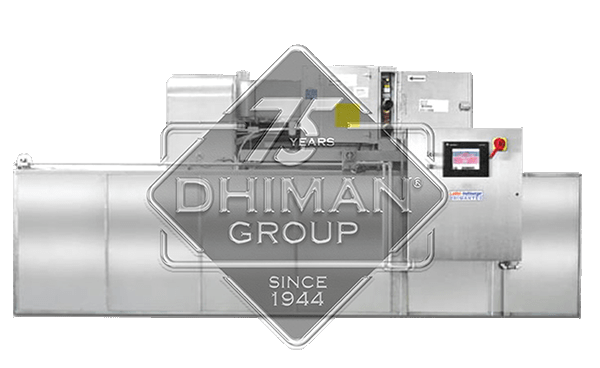Understanding revenue recognition is crucial to your success. Revenue recognition is the process of identifying and recording revenue as earned. It is the foundation of every successful business, ensuring that financial statements accurately reflect a company’s performance.
You will explore how ASC 606 and cloud accounting intersect, their challenges, and the best practices for successful implementation.
An Overview of ACS 606
The Accounting Standards Board (FASB) developed the ASC 606 Revenue Recognition standard to enhance the effectiveness and efficiency of revenue recognition. This standard provides comprehensive guidelines for businesses to recognize revenue, ensuring consistency and transparency in financial reporting.
Meanwhile, cloud accounting has gained significant traction in recent years, revolutionizing how businesses handle their financial processes. With its scalability, accessibility, and real-time data updates, cloud accounting offers numerous advantages, such as seamless collaboration, cost savings, and enhanced data security.
An Overview of Cloud Accounting
Cloud accounting is a modern and innovative web-based accounting software that allows businesses to manage their accounting functions seamlessly, no matter where they are.
With cloud accounting, users can collaborate and work on the same file simultaneously, even if they are geographically dispersed, as long as they have an internet connection. This dynamic and interconnected approach streamlines workflows and promotes efficient collaboration among team members.
ASC 606 and Cloud Accounting
The ASC 606 standard is intended to provide clarity and consistency in revenue recognition. Under ASC 606, revenue is recognized when a business satisfies a performance obligation to a customer.
In cloud accounting, revenue recognition is especially important because all data are stored on the cloud -– making it easier to access and collaborate and increasing the risk of revenue recognition errors. As such, companies must ensure that revenue recognition practices in cloud accounting conform to ASC 606.
One of the key advantages of cloud accounting is the access to real-time information. With up-to-date data, you can easily make informed decisions and adapt to changing financial circumstances.
Additionally, cloud accounting offers significant cost savings compared to traditional accounting software. There is no need for expensive hardware or constant software updates, as everything is hosted and maintained by the cloud service provider. This reduces upfront costs and eliminates the hassle of managing IT infrastructure.
Moreover, cloud accounting provides enhanced security measures to protect your financial data. With robust encryption and secure data centres, you can have peace of mind knowing that your sensitive information is safeguarded against unauthorized access.
Cloud platforms offer regular backups and disaster recovery solutions, ensuring your data remains intact despite unexpected events. Meanwhile, cloud accounting empowers businesses with the flexibility, accessibility, and security needed to manage their accounting operations effectively. It revolutionizes how financial data is processed, shared, and analyzed, enabling organizations to stay agile and competitive in today’s fast-paced business landscape.
Challenges of Implementing ASC 606 in Cloud Accounting
Implementing ASC 606 requires a lot of documentation, analysis, and collaboration. Implementing ASC-606 in cloud accounting can be challenging since cloud accounting is often mobile, decentralized, and collaborative.
It is essential to ensure that procedures for revenue recognition are consistent and well-documented and that the accounting system can accommodate the specified requirements. Another challenge is finding the right software and implementation partner to guide you through transitioning to a compliant accounting platform.
Best Practices for Implementing ASC 606 in Cloud Accounting
Companies should consider the following practices to successfully implement ASC 606 in cloud accounting.
First, documentation and tracking procedures should be optimized and consistently applied.
Second, the accounting and sales teams should collaborate to ensure everyone shares best practices for revenue recognition.
Third, the company should utilize the features provided by the cloud accounting software to enforce compliance with the standards.
By following these best practices, businesses can ensure that they fully comply with ASC 606 while reaping the benefits of cloud accounting. Technological solutions such as ASC 606 and cloud accounting will remain critical drivers of successful business operations as technology advances.
Conclusion: Optimize Your Business’s Revenue Recognition Capability
Companies implementing ASC 606 in their cloud accounting system can improve their ability to achieve accurate revenue recognition. Proper documentation, collaboration between accounting and sales teams, and utilizing software features are all best practices that businesses should adopt.

























